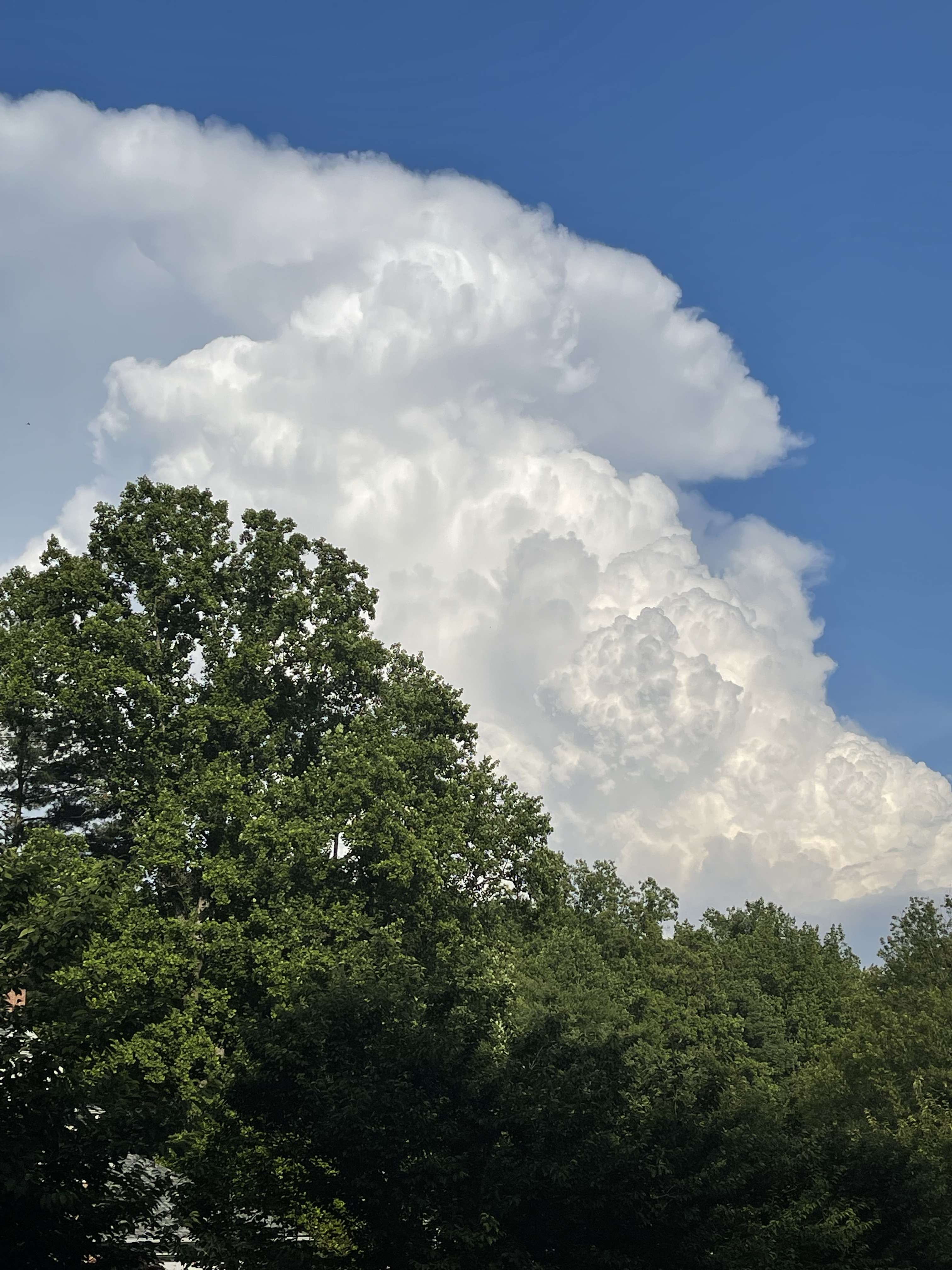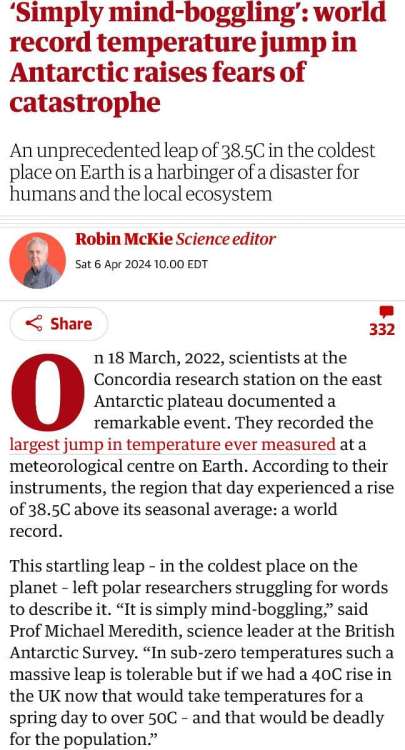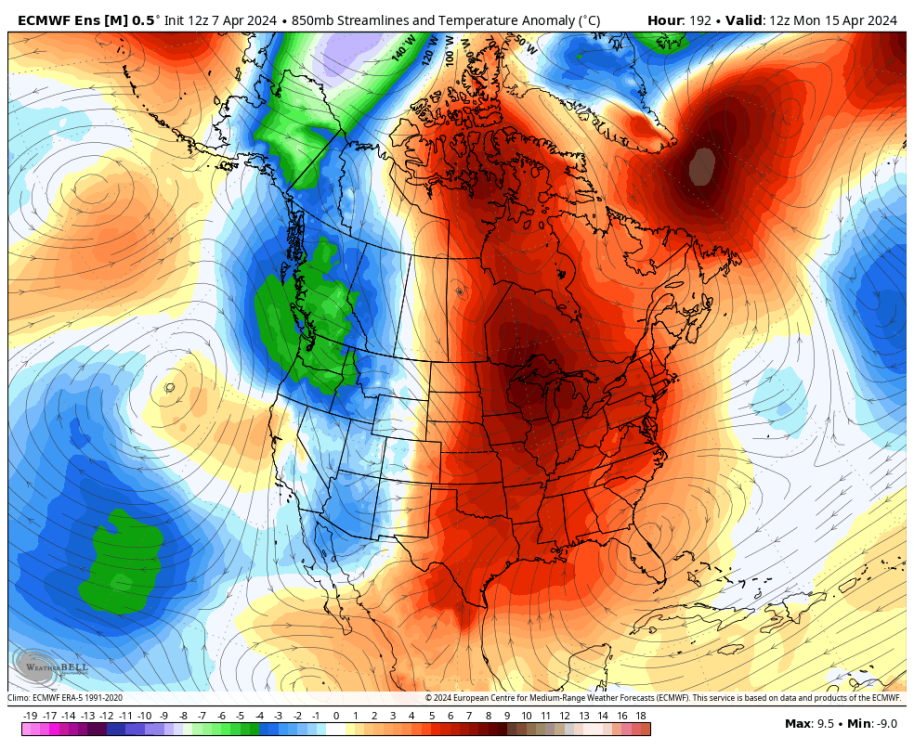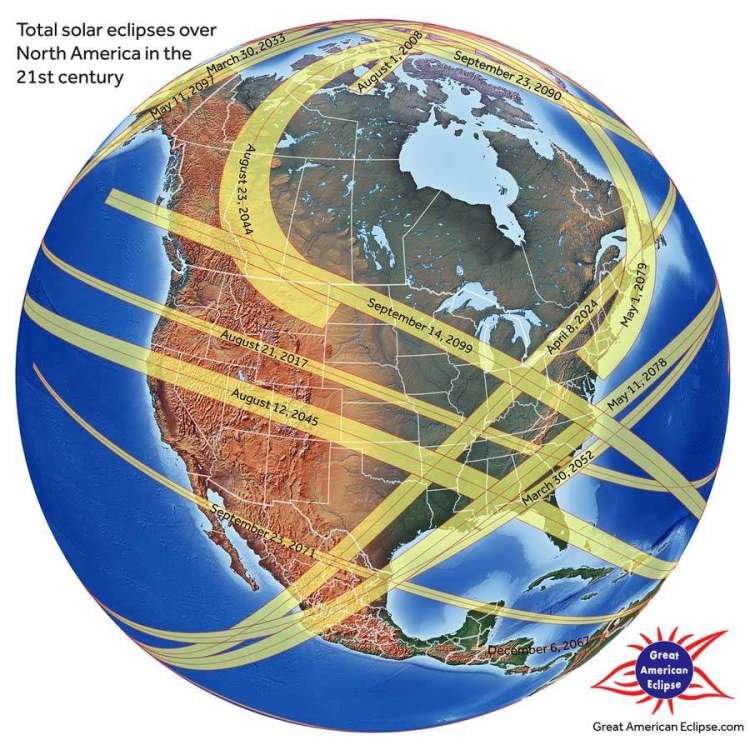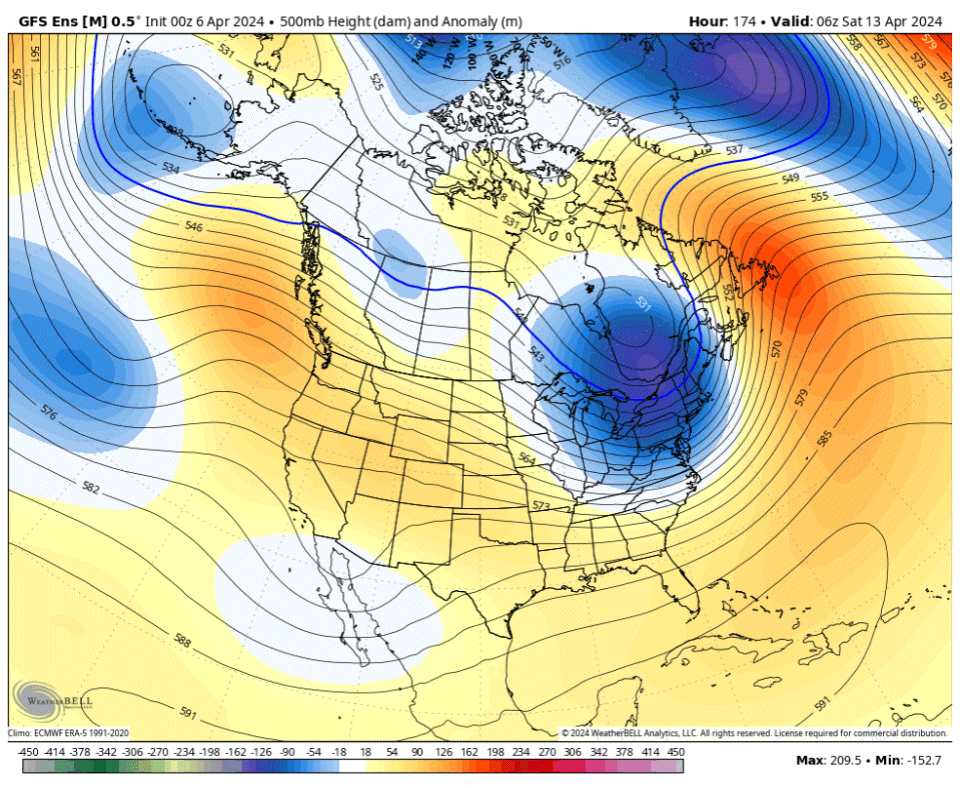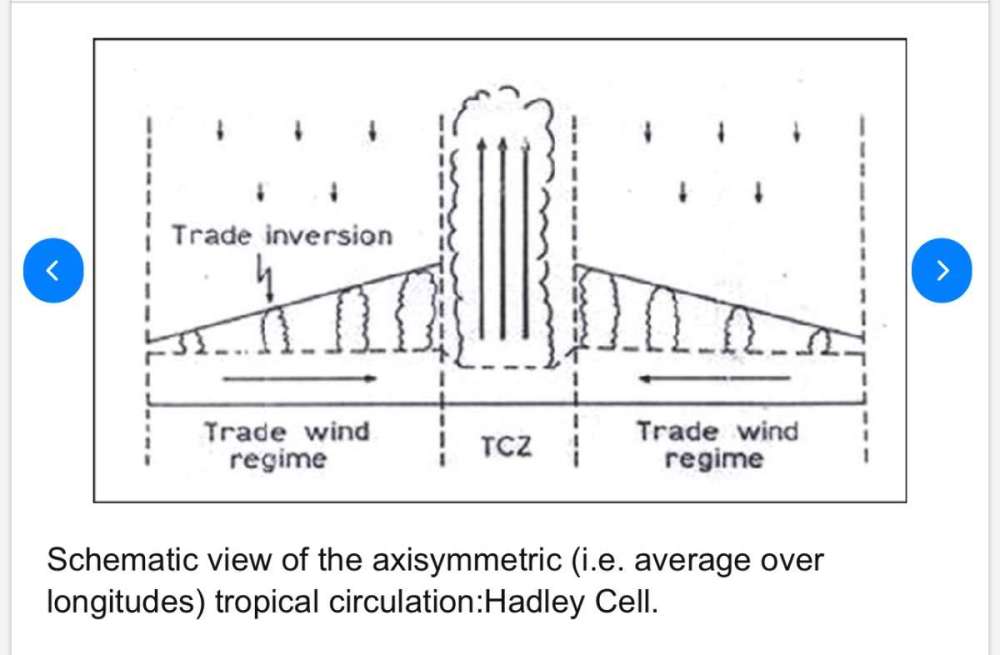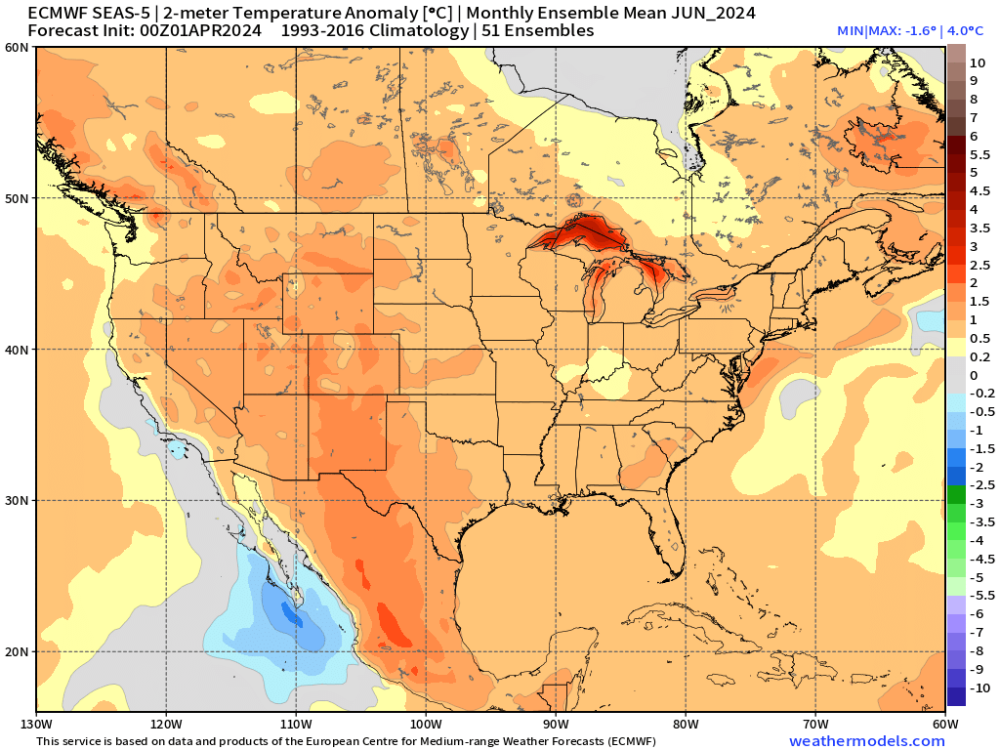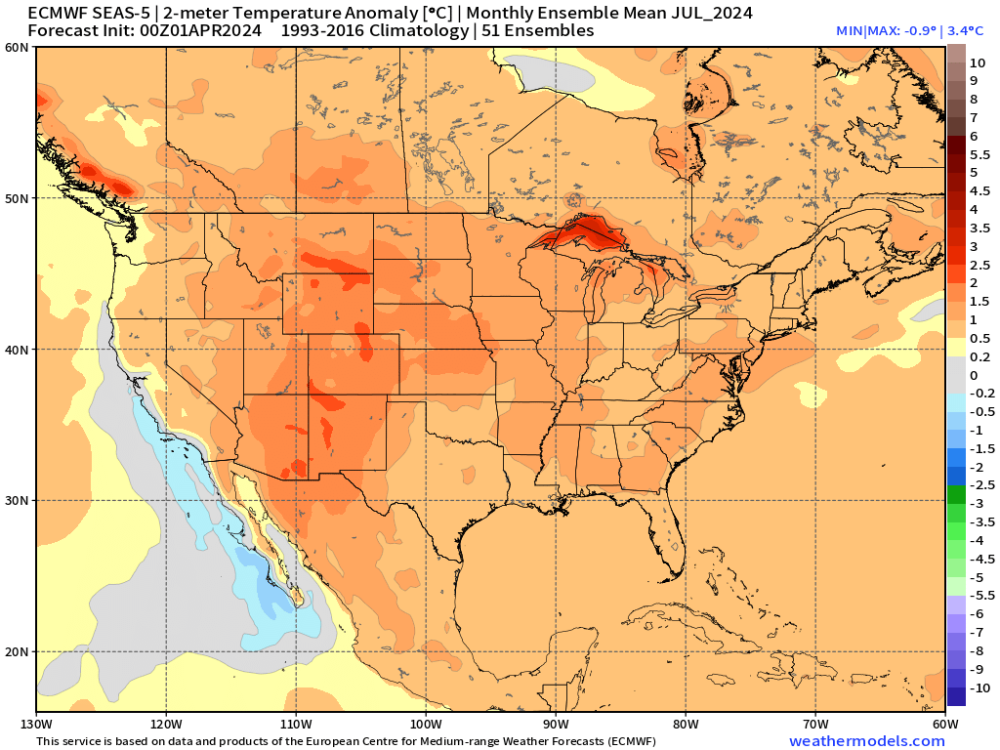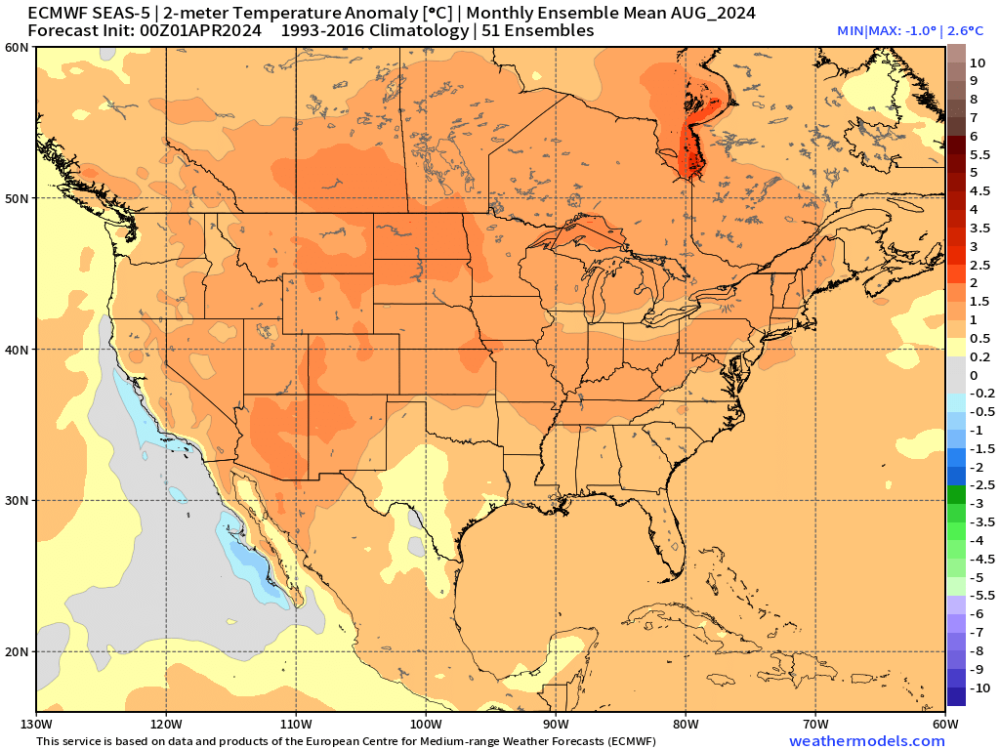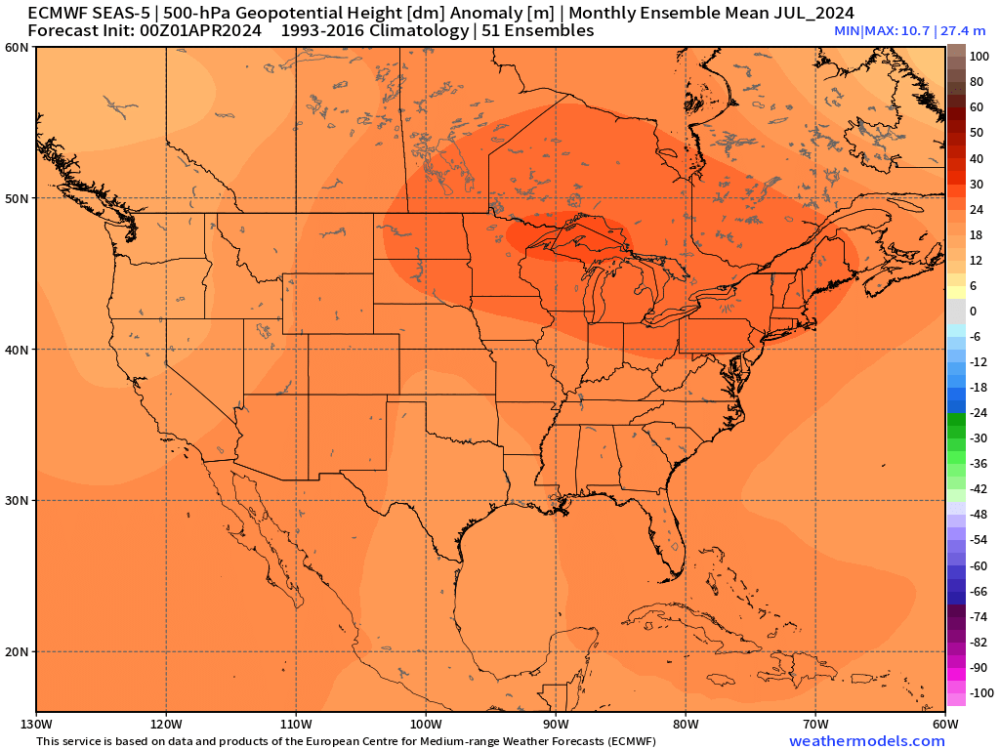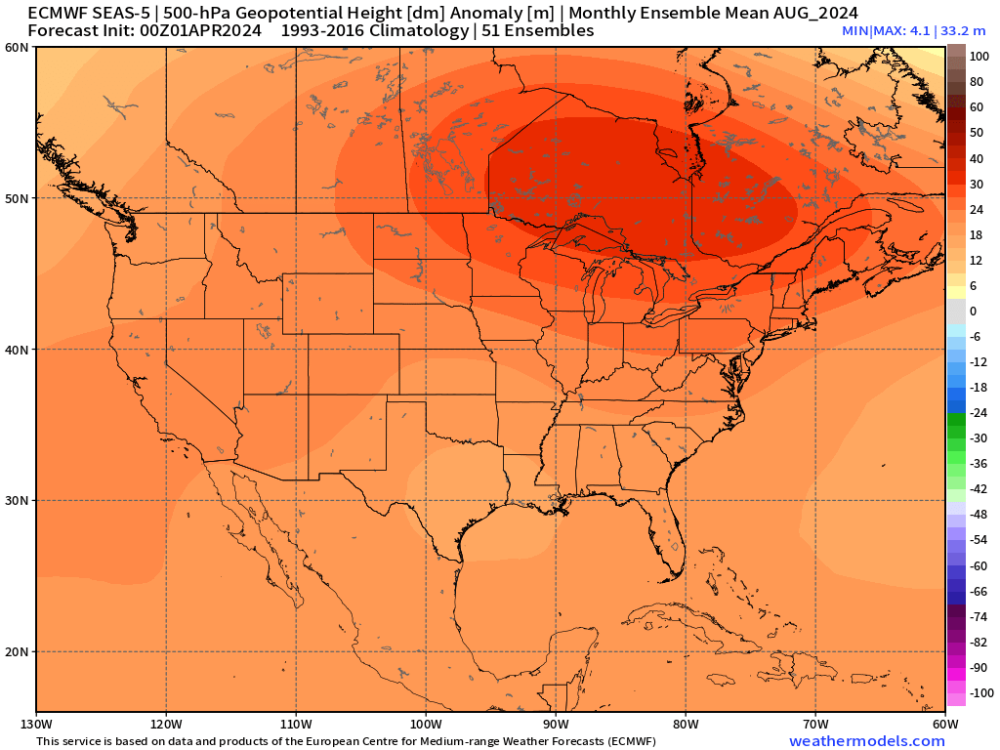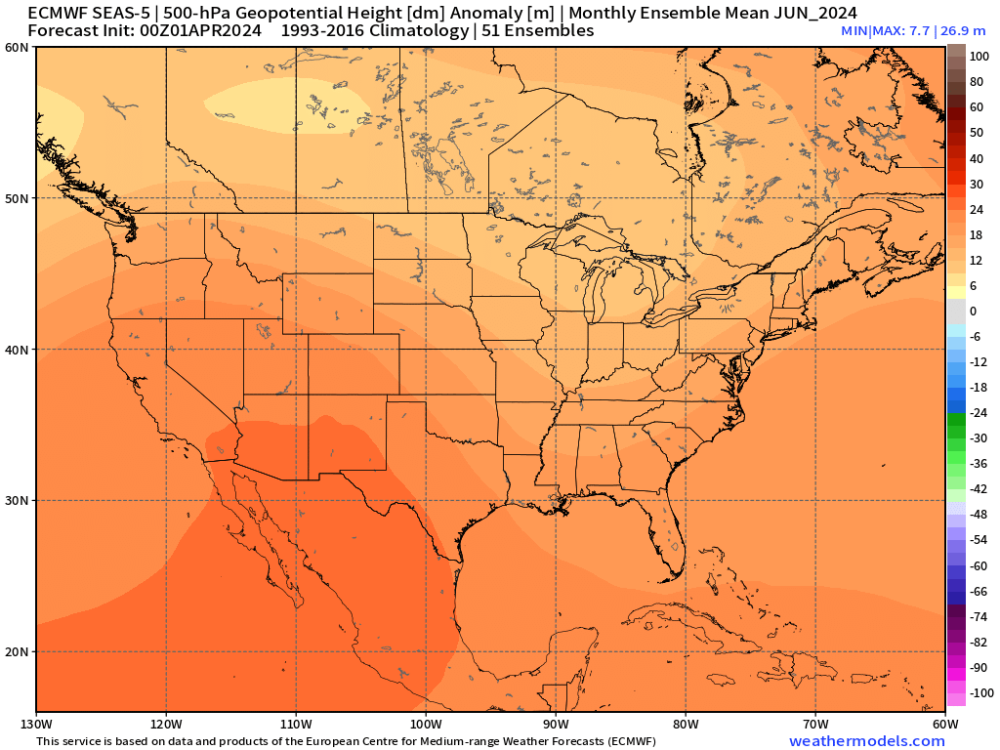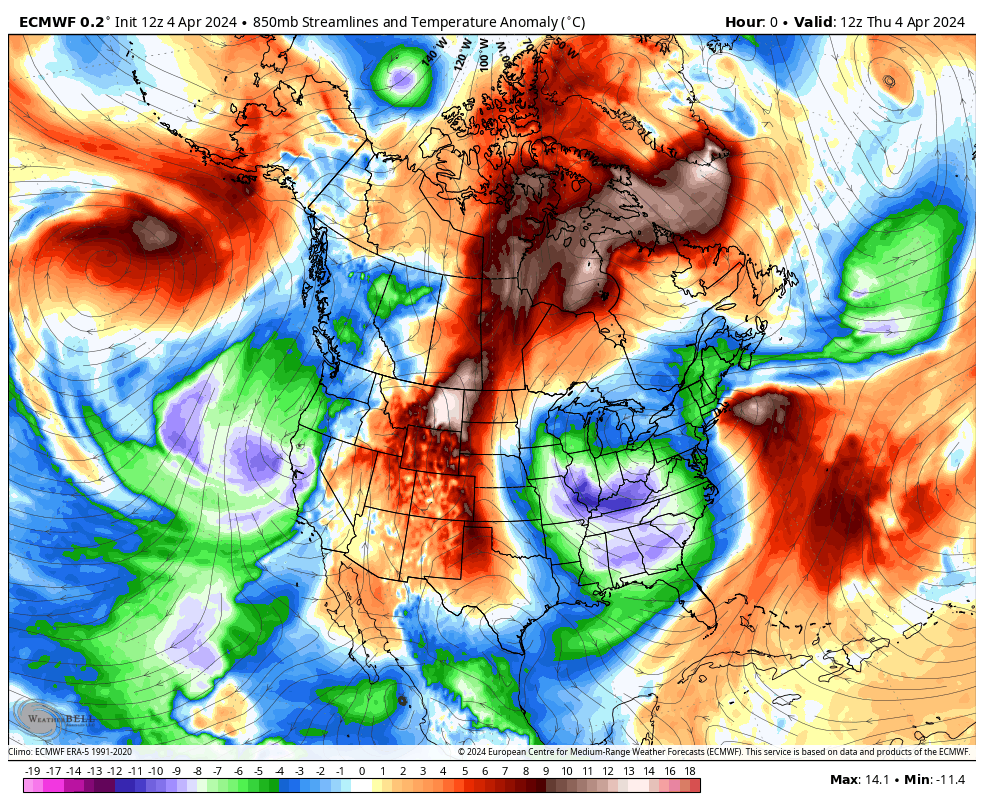-
Posts
44439 -
Joined
-
Last visited
-
Days Won
259
Everything posted by Phil
-
Yes. Standard deviations are very large in cold climates that are removed from substantial oceanic influence. The polar regions also house the tightest thermal/insolation gradients and strongest storms/planetary wave activity. Extreme variability is the rule, not the exception. And the most extreme places go unmeasured (by sfc stations, at least). The aforementioned article draws the absurd comparison between temperature variability in the Antarctic with variability in the UK. Then intentionally ignores the scientific context explaining the vast differences and why they cannot be compared. Just one of many gargantuan mistakes littering every paragraph.
-
@SnarkyGoblin This might be the dumbest sh*t I’ve ever read. Not blaming you at all, most people wouldn’t suspect a prestigious legacy media outlet like “the guardian” of such prolific incompetence. But yes, pseudoscientific babble is too kind a descriptor for this rancid hunk of donkey dung masquerading as a climate science article. How morons like this get into positions allowing them to spew disinformation at will is beyond me. Holy molasses. There are at least 5 catastrophic errors in the first 2 paragraphs of this article. Can you spot them?
-
Yes, by omission and lack of context. Such a high amplitude temperature jump may not have occurred at that particular station in its limited period of record, but that is a function of probability (station in right place at the right time). Standard deviations are HUGE in the Antarctic. And most extreme anomalies tend to occur where there are no stations to begin with. Yes, it’s an impressive anomaly. But it’s not indicative of anything beyond noise/random variability in weather.
-
What, no details?
-
Everything has gone Jesse’s way this year.
-
3 days ago this looked like the beginning of an amplified+dynamic western ridge/eastern trough pattern. Or at least something more variable. Mother Nature: “Just kidding! Now, back to your regularly scheduled 2024 programming.”
-
At least I’ll have an opportunity to catch some of these, assuming I don’t go blind or bite the dust early. 2099 is probably off the table, though.
-
Welp I have full blown pink eye, complete with photophobia. Because, of f**king course. I have to be living in a simulation bc this is scripted too perfectly. Needless to say, no eclipse travel for me. I’ll have to enjoy my 90% view from here, with one functioning eye (barring a last second miracle).
-
Tbh I’m not sure what it is about this particular pattern that is tripping guidance up. This kind of instability isn’t unusual for the GFS/GEFS, but the EPS and GEPS also got thrown for a loop. I had suspected something was wrong with those crazy ridgy solutions only because it wouldn’t fit the models’ own MJO projection(s) (not even secondary EOFs). But I’m at a loss as to why there was/is such a disconnect in the first place. El Niño releases stored heat too. A lot of it. La Niña stores heat. She is the antagonist, hiding her true intent by cooling the atmosphere. That article is pure hype/spin. Such anomalies are not unheard of in the Antarctic (especially the WAS area). Only difference is time of year, in this case.
-
El Niño is proof god exists and there is justice in this universe.
-
-
I feel u. IMG_2489.mov
-
That should become less frequent with time as the niño elements attenuate.
-
I predict it will snow at your house in 7-8 months. Maybe a 5% chance for conversational flakes/graupel in early May?
-
Here’s a visual aid re: example of axisymmetry applied in meteorology. Technically the correct term for what I was describing would be “mirror asymmetry”, but that’s not how it’s phrased in meteorology, and would have sounded even more jargony.
-
Seems probable there will be at least a couple episodes of progressive ridging (nothing amplified/stationary) with the MJO propagating from the WPAC/warm pool through the W-Hem. I mentioned a few days ago that MJO-derived analog pools tended to fold over ridges after a few days, but none of those cases were troughy straight through (except volcanic years which aren’t viable analogs). There is some axisymmetric dissociation in the LF state in tropical convection, largely related to the -PMM remaining post-niño (reduced off-equator NPAC +SSTA/OHC). Sample size for this type of setup is small and mostly outdated, so I’m hesitant to draw conclusions w/rt how it’ll project onto seasonal/subseasonal patterns. Might make zero difference for North America. But it’s possible this could introduce new structural uncertainties/error modes within guidance. We’ll see.
-
Looks like dews are in the low 60s there currently. I’d concur with you on that being a nice day (as long as it doesn’t happen in January or something).
-
Fewer than me.
-
Left my contacts in overnight now my right eye is having a b*tch fit. If this doesn’t clear up soon I won’t be able to drive.
-
At least 64 and humid still feels “cool”.
-
You heat misers are such sadists.
-
-
Most CWG commentators aren’t wx geeks like us. FWIW I didn’t even see graupel today. Just a gusty rain shower sandwiched between periods of sunshine.
-
In fact the 12z ECMWF has like 2 warmish days before its gets knocked down again. If anything it’s the cool departures that are the most anomalous (especially in the SW/Intermountain West).
-
Looks like the Euro/EPS have backed off the mega-ridge solution. More in line with other guidance now (garden variety ridge that lasts several days to a week before folding over). I don’t think this particular situation warrants substantial concern ( @Cascadia_Wx).

